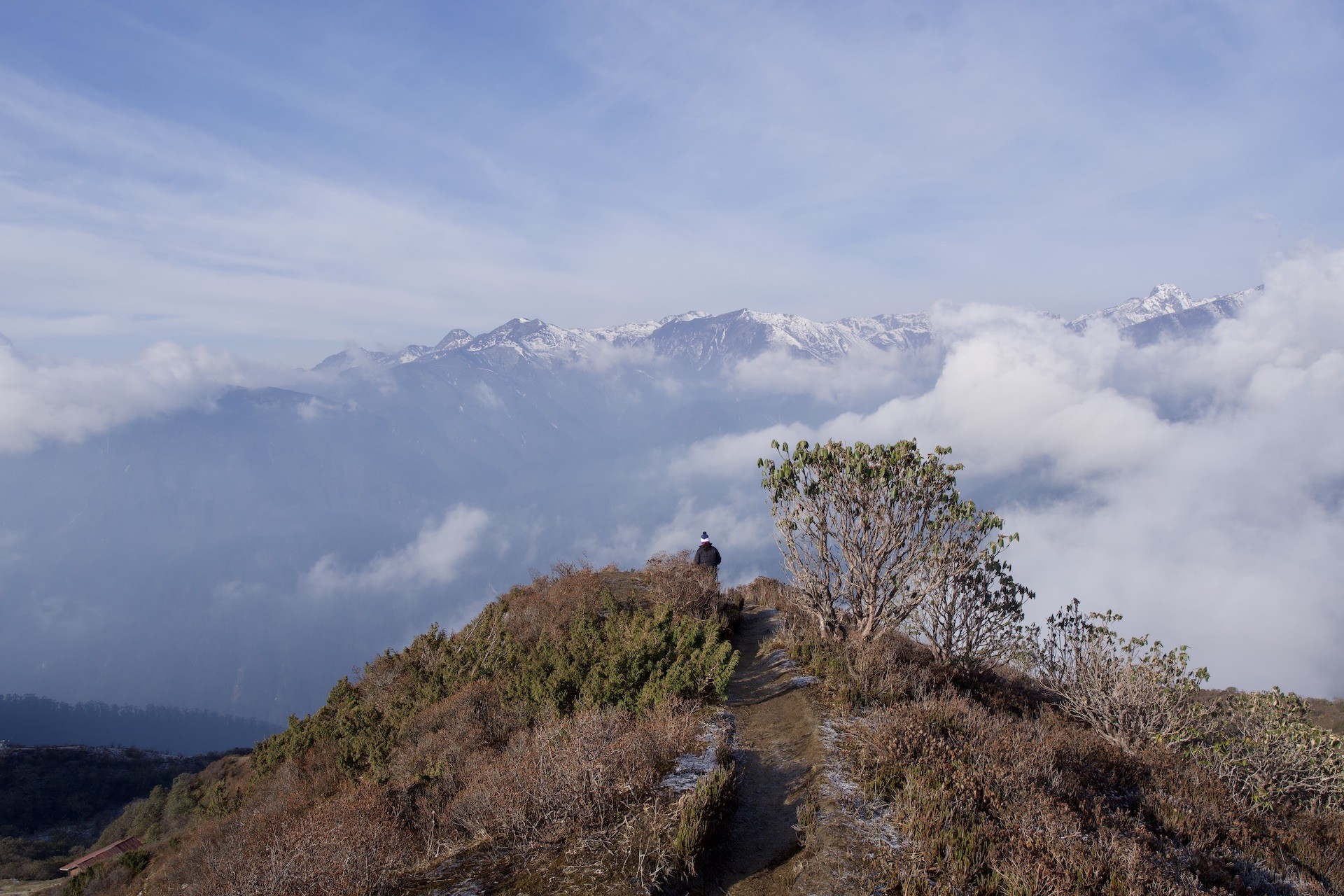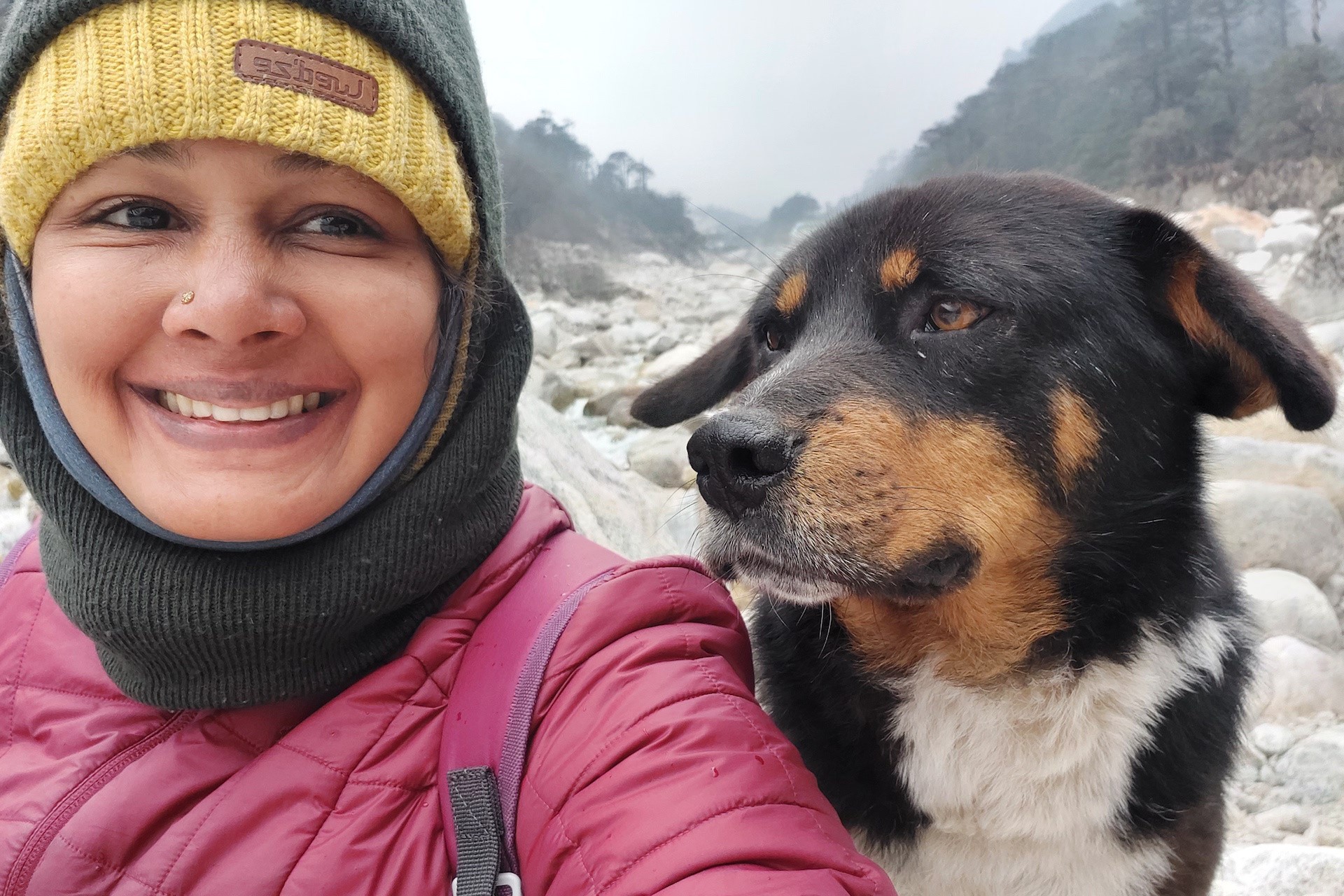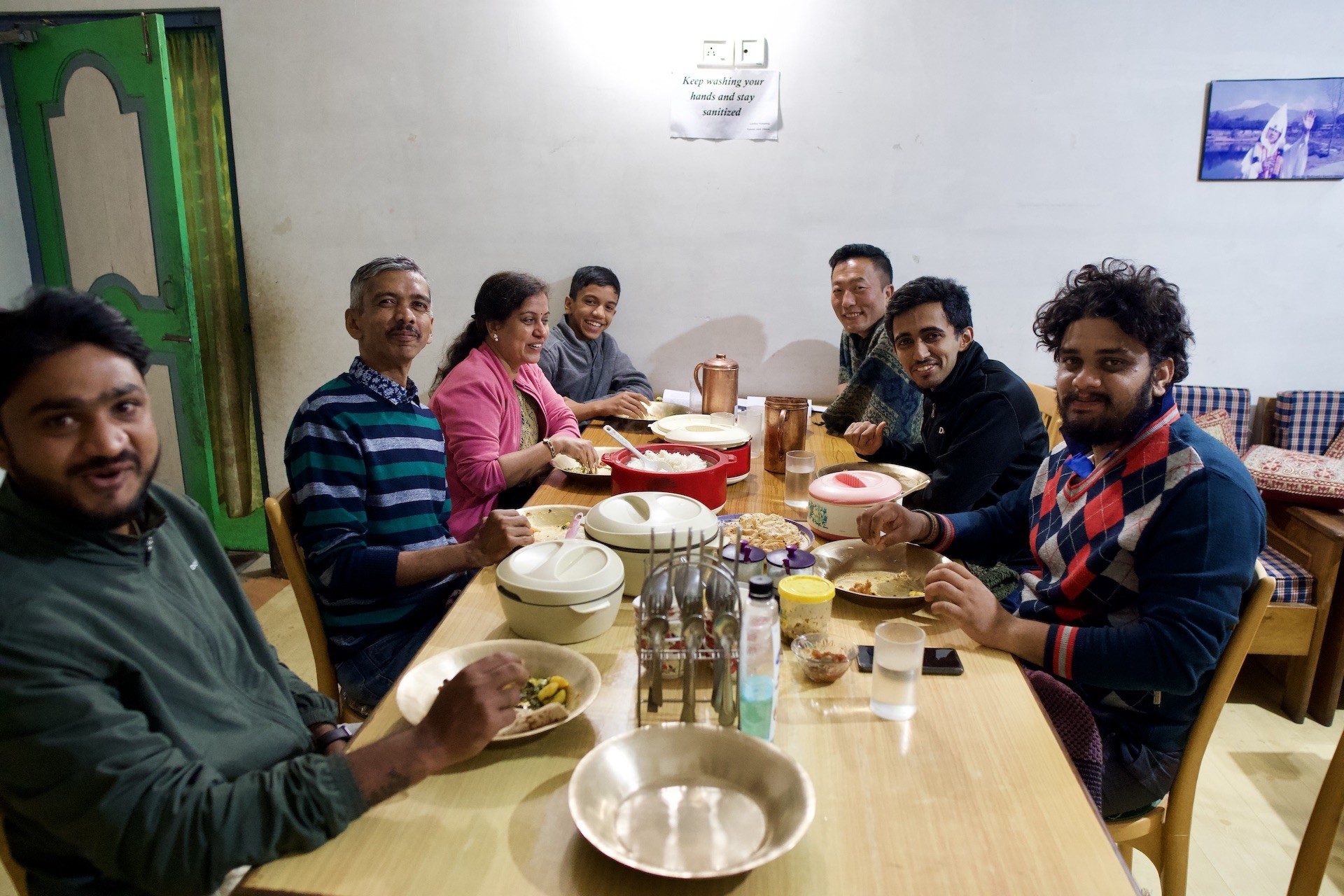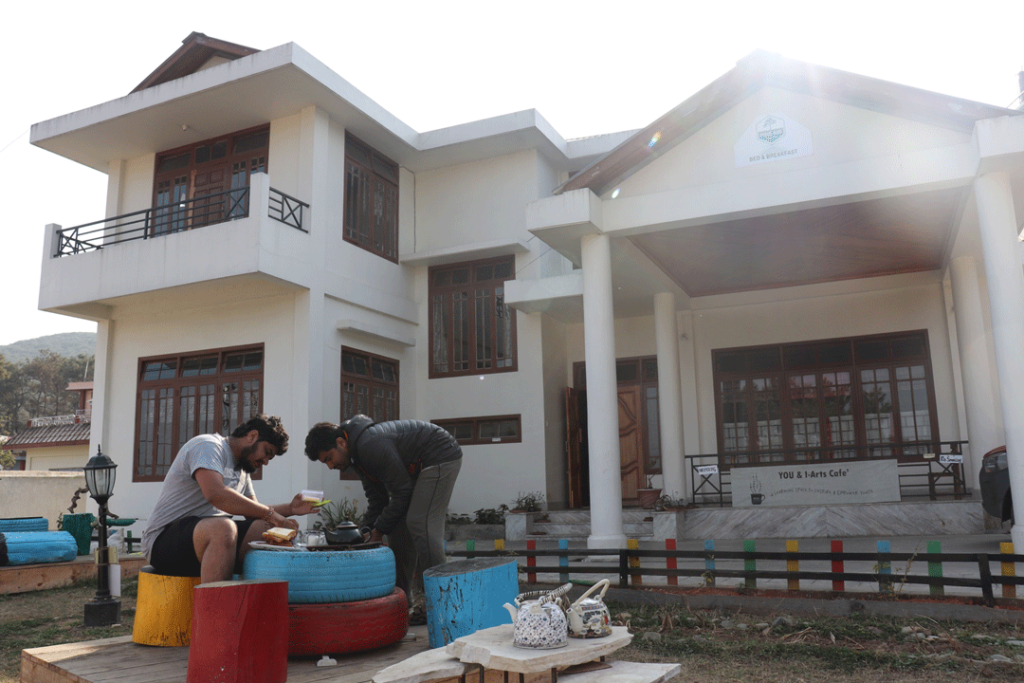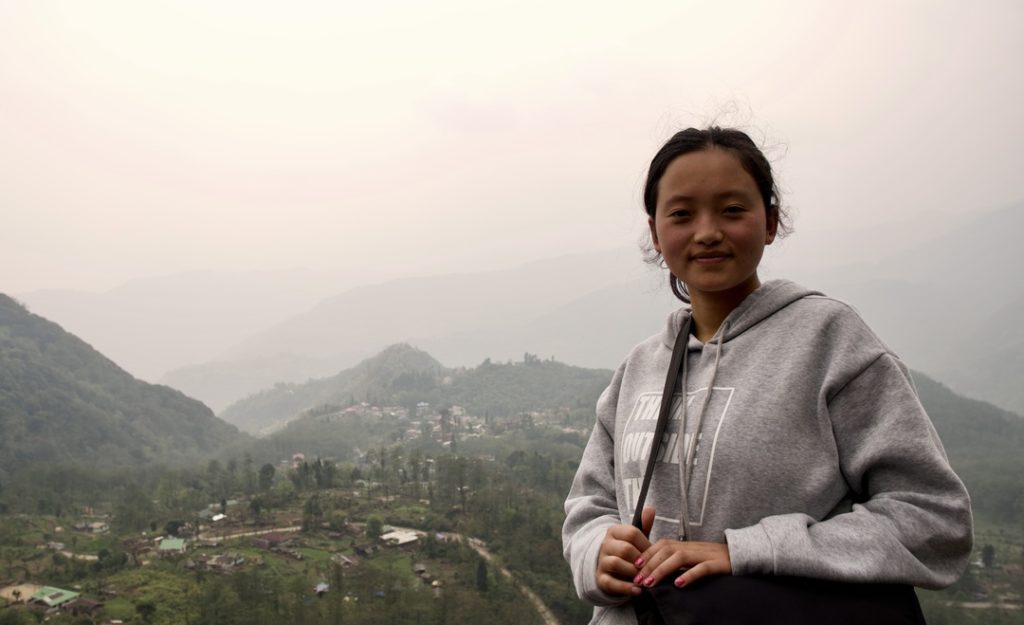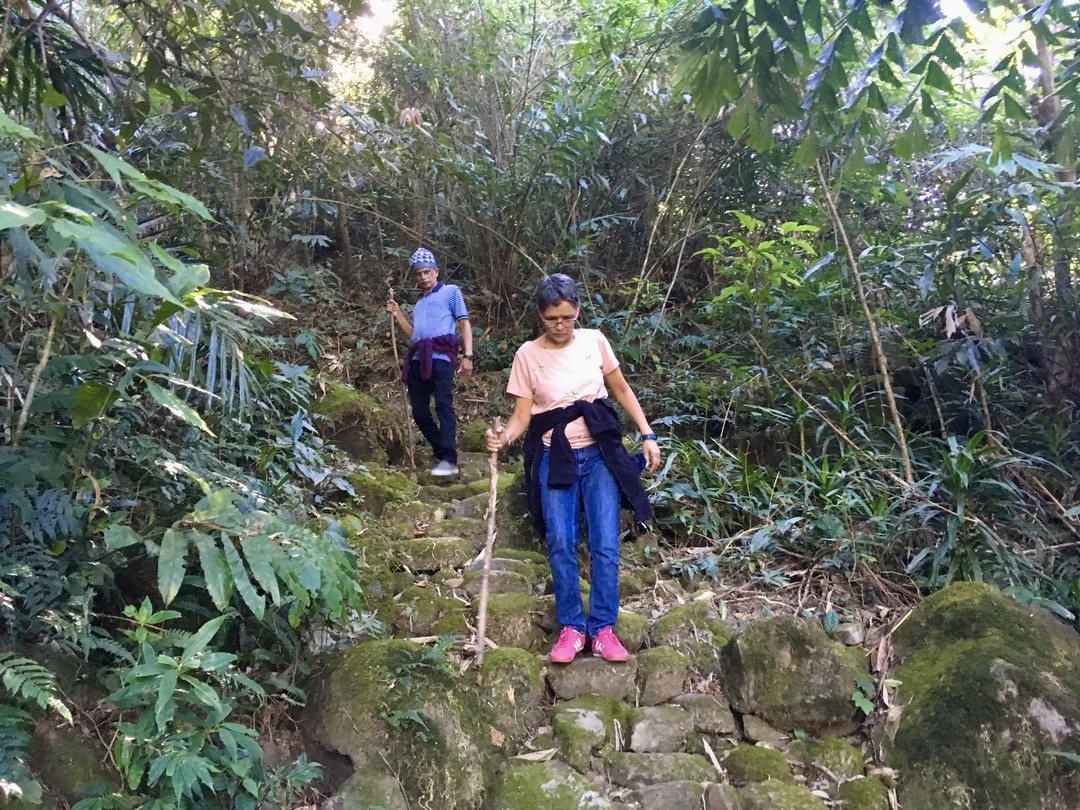The spectacular view of the enormous mountains you will witness is the major reason for hiking in Goechala, Sikkim, or any of the High altitude Himalayan treks. On your Goechala Trek, you’ll be able to witness not only Kanchenjunga but also 14+ other enormous peaks in the vicinity. Any trek, especially one as close as Goechala, might be tough. It’s no surprise that trekkers see Goechala as the most similar to Nepal’s primary mountain trip.
Let me explain why Goechala is so well-known among hikers across the world before proceeding on to some trekking tips. The GoechaLa trail was recognised during Nepal’s civil conflict, which lasted roughly from the 1990s until 2006.
Goechala has been the most enchanting trek so far. Unlike Singalila from Dzongri Zenith, the trail overlooks the world’s third-highest mountain and offers a magnificent panorama.
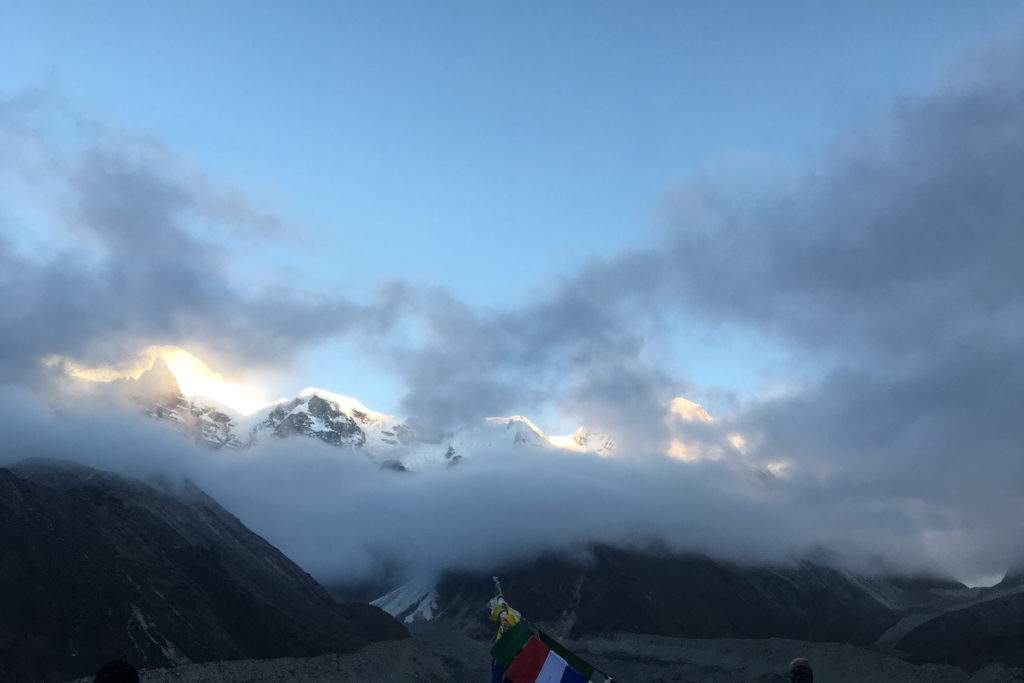
Kanchenjunga at Sunrise
Every other sunrise you’ll see in Kanchenjunga is one of the highlights of the Goechala hike. Hikers should not let the Dzongri take all the credit, although the view from the first level and the Dzongri are very well worth it!
In April and May, rhododendrons bloom.
Along the GoechaLa road, there are extensive rhododendron forests. It can be in April, as well as during the spring and summer months when they bloom in pink and purple! It’s a pleasure to travel through the jungle on these trails.
Samithi Lake: Samiti Lake is also one of the most popular destinations for GoechaLa trekking. The water’s viewpoint and reflection of the Pandim hills are still visible in the stream, especially in the early hours of the morning.
Is trekking in Goechala safe? Goechala is a highly elevated trek that pushes you to progressively ascend to a height of 15,000 feet, and your safety is largely dependent on how well prepared you are.
Goechala is a protected region with a guarded route. Your entire path is properly paved and wide. To navigate, you don’t need any special skills or assistance.
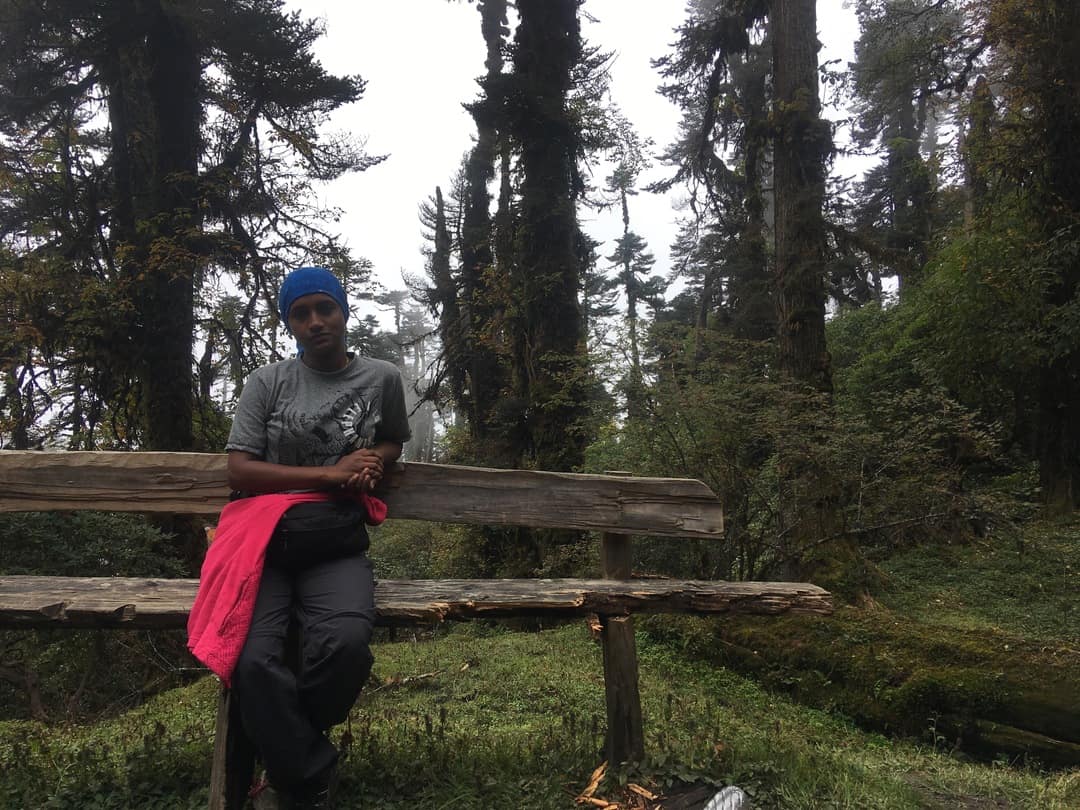
Regardless, this journey is lengthy and difficult. Aside from that, it’s a quick ascent. Trekking in the Himalayas will help you become accustomed to hardships. Knowing how to deal with acute altitude sickness can help you manage the high altitude you may encounter on the hike.
Get in shape and train for this adventure: If you’ve been hiking & trekking for a while, you can figure out how to get the most out of it. Professionals wouldn’t have to be rocket scientists to tackle a trek. With the correct help and guidance, you will be able to attain vitality and, as a result, you will be able to fully enjoy your successful adventure. Trekkers come in all kinds and forms. Some people are intrigued by the prospect of trekking in the mountains while looking at gorgeous pictures. Some individuals come for a novel experience, while others are captivated by nature and stargazing. Even so, individuals are unsure of the mental & physical requirements and needs required to take their bodies on a trek.
Why would you go trekking in the Himalayas? If we are not prepared for Himalayan trekking, it can be quite exhausting and stressful to just have a good time in exotic locales while also learning a great deal of knowledge. As a result, it is advisable to prepare & plan so that the correct approach is given to attempt to reach the summit without difficulty. Trekking or hillside exercising can be difficult, but they can work multiple muscles at once, burn a variety of calories, and increase the aerobic threshold.
The primary body portions that are most typically used in these tasks are listed below.
- Shoulders
- Shoulders once more
- Legs
- Ankles and knees
We categorised the training into two categories based on the difficulties encountered during the trek.
- Cardiovascular (Aerobic) Training: Virtually any workout that makes you sweat, breathe in harder, or make your cardiovascular system conquer faster than when you are comfortable is classified as exercising aerobically. It strengthens your coronary heart and lungs, as well as your cardiovascular system’s ability to process and distribute oxygen rapidly and efficiently throughout your body.
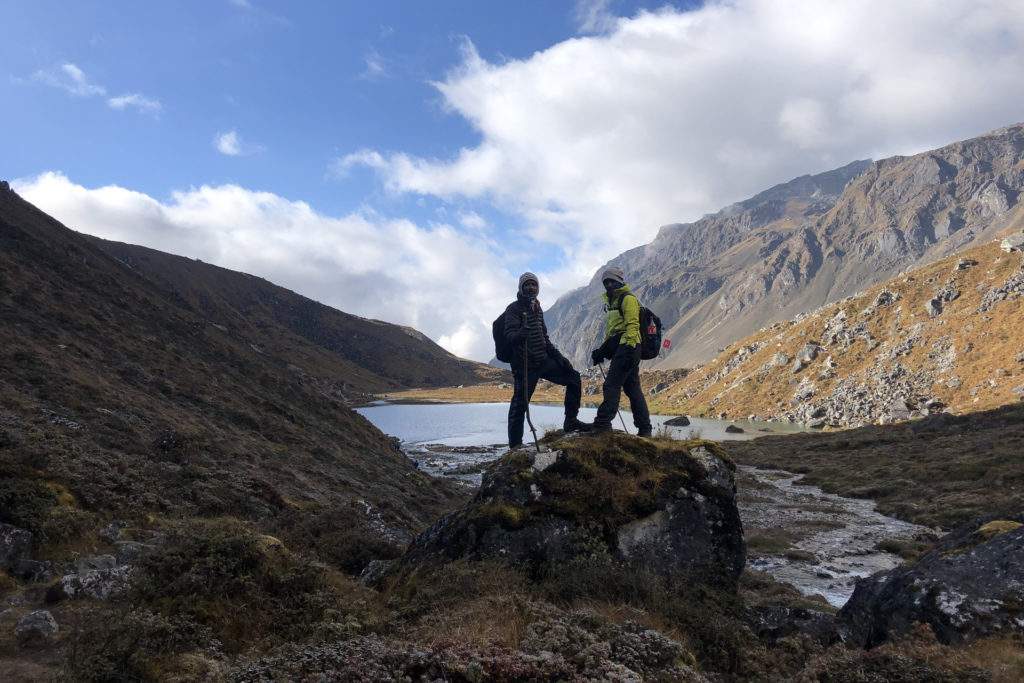
Walking, jogging, cycling, and aerobic dance are examples of aerobic exercises that strengthen the intestines and lungs, allowing the body to use oxygen more efficiently.
Find out how to schedule your workouts. Start training at least two months before your trip.
Walk: Walking is a wonderful way to begin training for a Himalayan trek. A daily walk of 4 to 5 kilometres is ideal; hilly or uneven terrain is ideal for this workout. In this stage, try to keep up with the walking pace. Begin with one kilometre and gradually increase.
Jogging: It’s possibly one of the most effective strategies to get ready for a Himalayan adventure. Try to avoid running on concrete or asphalt floors, set the speed higher. To get warmer in a shorter amount of time, we should always wear the appropriate soft running shoes. In 20 minutes, run 3 to 4 miles, then 5 to 6 miles in 30 to 40 minutes.
Cycling: It’s another good way to increase your cardio. If you have a vast enough road to ride your bike properly, outdoor riding is great. But it isn’t easy in our visitors’ present circumstances. Using a static bike at home or at the gym can help you cover 5-6 kilometres in 20 minutes and at least 8-9 kilometres in 30 minutes.
If this aerobic workout becomes tiresome after a while, try climbing stairs or running with a backpack. Combine a run/jog with a stretching activity in your neighbourhood. Do this for five weeks, four or five days a week.
- Stretching Workouts
Glutes: Place your palms or fingertips on the floor with your right arm extended behind you. Gently pull the corresponding knee or hip to the left with your left hand or elbow until you feel a stretch in the hip joint. Hold this position for 30 seconds, then repeat with your legs straightened. Ditto on the other side. This exercise can relieve lower back pain while also strengthening the muscles on the outside of your thighs.
Raise your arms to lift your legs (quadriceps): To stretch your quads and hip flexors, elevate your legs and ankles with your hands while maintaining your knees bent. Concentrate on stretching and pushing your hips down to the earth. Switch sides after 10 to 20 seconds of holding.
Standing hamstring stretches: Bend forward at the waist, lower your arms, and stretch your legs without locking your knees while standing. Make an effort to touch your toes, but don’t start forcing it. Stop bending forward if you feel a tiny tug on the inside of your hamstring. This workout will help you feel better and reduce pains if any.
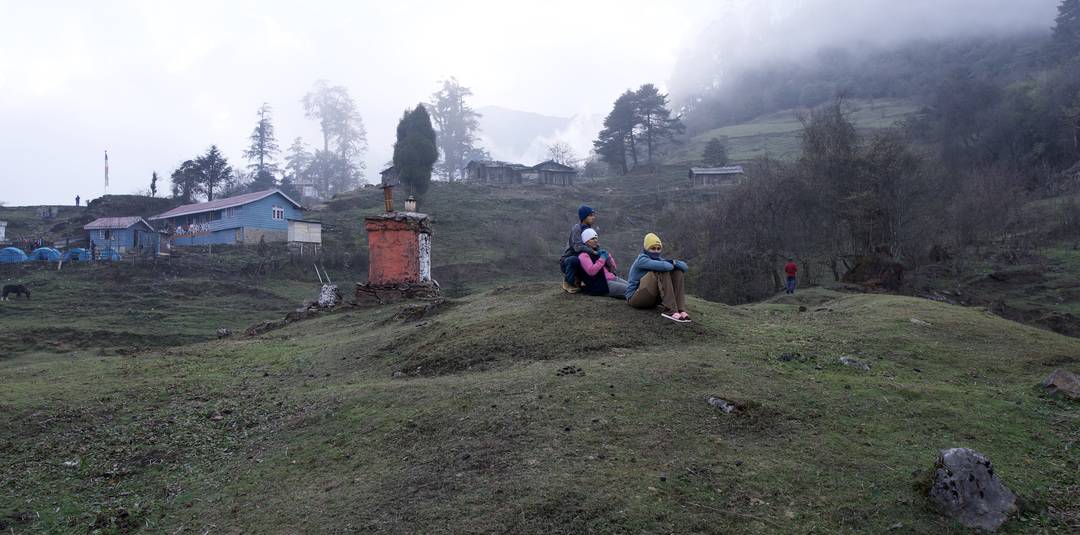
Calves: Stand one metre away from the wall with your legs straight and your heels on the ground to work your calves. Take a step forward and bend your hips softly towards the wall. In your back, you should sense a gradual extension of the calf muscles. Hold for ten seconds, then swap legs and do it three times more.
Abdomen: Stand with your feet parallel to the ground and your hips apart. Raising your arms above your head is a good way to start. Gently bend upwards while holding your left wrist with the same arm. Return to your centre after 5 to 10 breaths.
Ankle and knee joints: Ankle exercises help to strengthen the muscles in the ankles. Stand one or two feet away from the wall, bend one knee, and press it against the wall with your foot flat beneath it until it reaches the wall.
Hold for five seconds before switching sides. This should be done five to ten times on each leg. After that, stand on one leg for 30 seconds.
Conclusion:
With all of this training, don’t forget about maintaining excellent eating habits and getting enough rest. Last but not least, hiking should be enjoyable, and you should take advantage of all the opportunities. Trekking should never be viewed as a race to a rest stop. If should you assume it is a race and that everyone wants to move further; you may get into problems and, more importantly, you will lose out on the magnificent landscapes that surround you.
Why Exotic & Remote Places Come At A Heavy Price
exotic North East India travel tour costly high price

